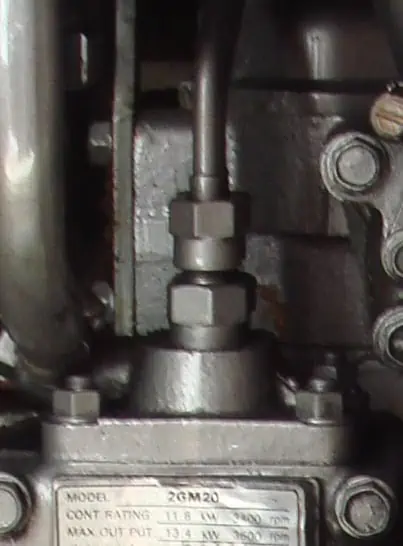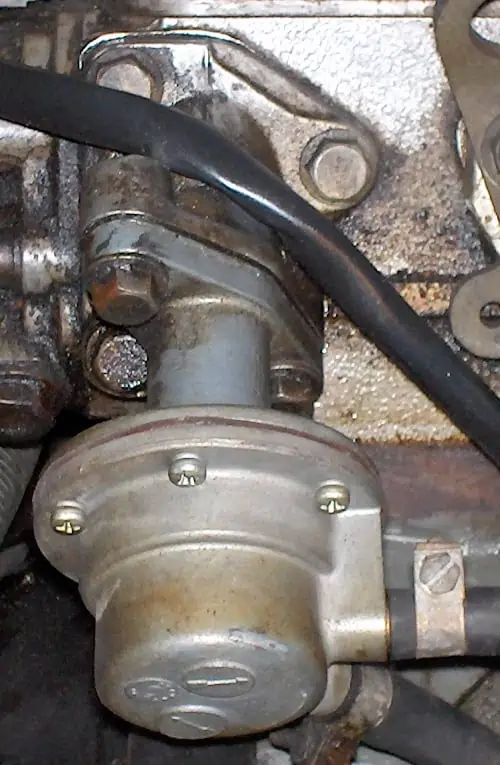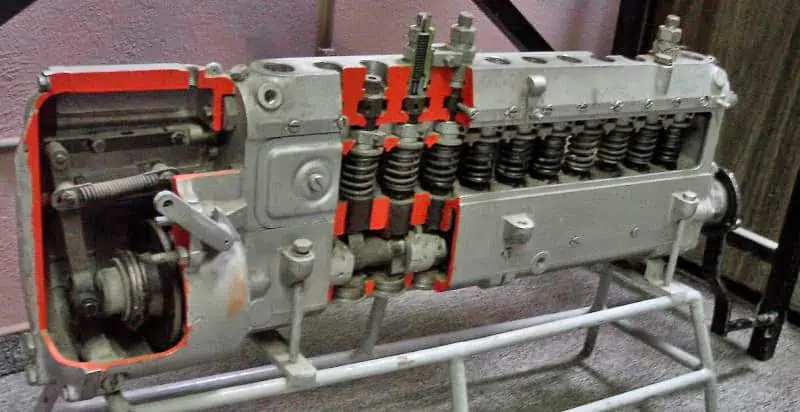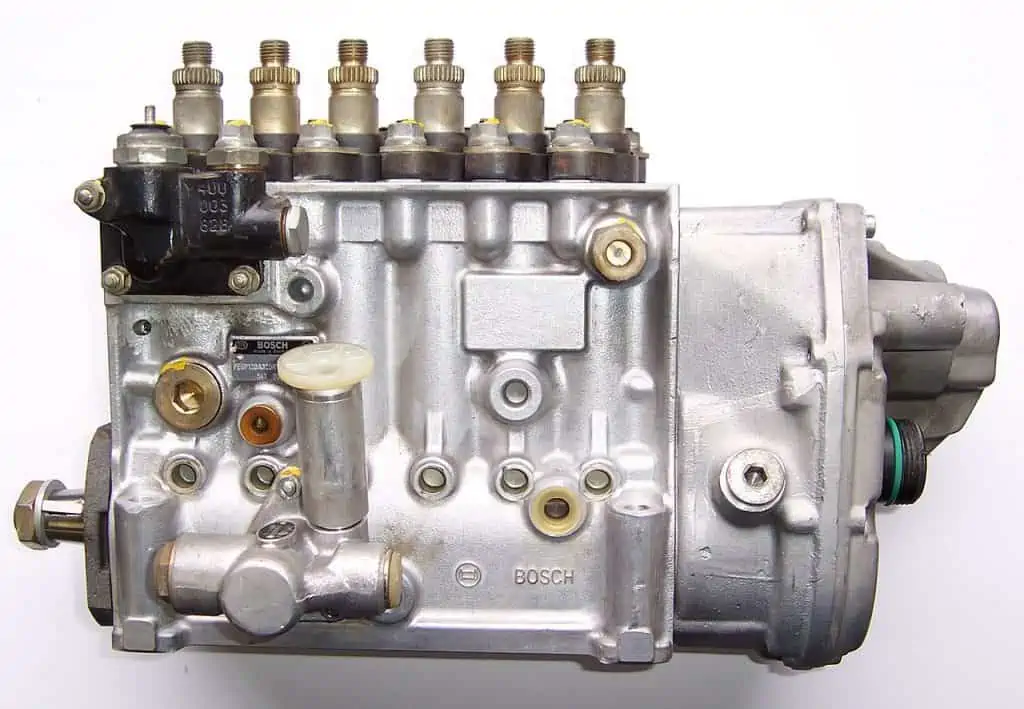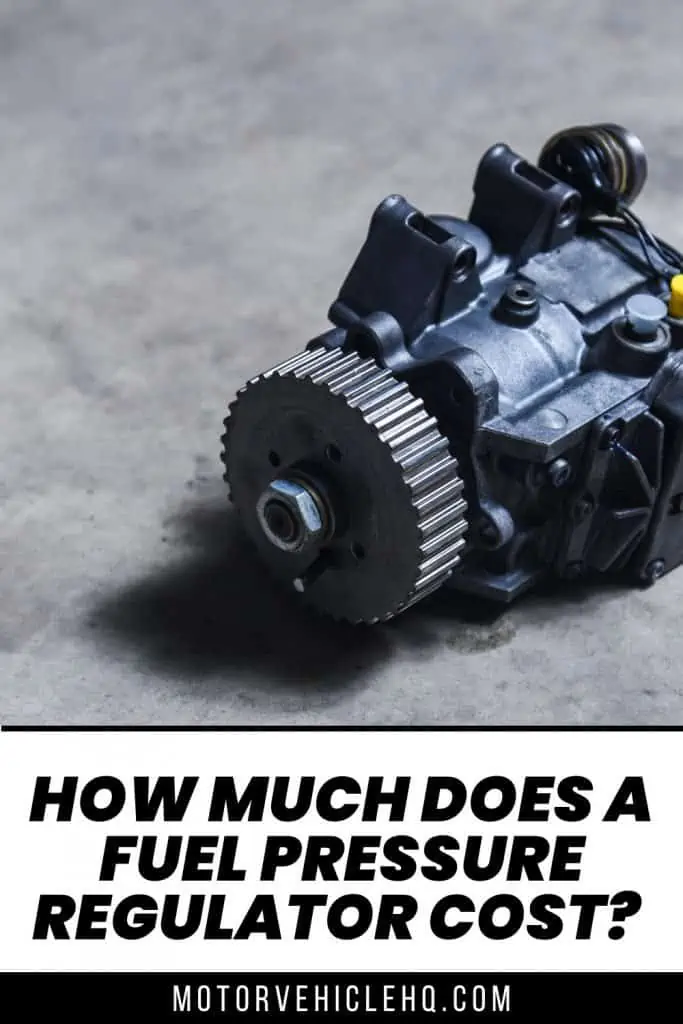A fuel pressure regulator aids in keeping the electronic fuel injection system’s fuel pressure constant. The fuel pressure regulator permits additional gasoline to enter the engine if the system demands it. This is significant because it affects how fuel is delivered to the injectors. But, how much does a fuel pressure regulator cost?
By entirely cutting off the fuel tank’s pass-through, the fuel pump will attempt to pour too much gasoline into the injectors, which will cause them to malfunction and result in the need for more car repairs.
What is a Fuel Pressure Regulator?
The fuel pressure regulator has the advantage that its function is perfectly encapsulated in its name. It controls fuel pressure, so that’s correct. It also does this for the quantity of gasoline given to the injectors on vehicles with direct injection.
The quantity of gasoline an engine requires primarily depends on what the driver is asking of it. An illustration would be that cruising at 40 mph uses less gasoline than accelerating quickly from 40 to 60 mph.
A precise mixture of air and fuel is required for successful combustion inside the combustion chamber. Running rich, using too much gasoline, or lean are terms used to describe when this balance leans one way or the other.
The amount of fuel and the pressure it has while passing through the injectors are controlled by the fuel pressure regulator. Now that you are aware of what a pressure regulator is, let’s examine how it functions.
How Does a Fuel Pressure Regulator Work?
Any EFI system must include a fuel pressure regulator because, without one, the fuel rail won’t be capable of developing enough pressure to provide the injectors with enough gasoline; instead, the fuel would easily flow through and miss the injectors.
On the other hand, the fuel pump will attempt to drive too much gasoline into the injectors, which will result in their failure if the pass-through to the fuel tank is fully shut off.
Irrespective of the power output, appropriate fuel pressure is necessary for all circumstances, both at low and high rpm, to allow for a good fuel and air combination.
The fuel pressure regulator must do its job in this situation to match the gasoline supply to the fuel demand.
The Function of a Fuel Pressure Regulator
Although you may not be familiar with the phrase fuel pressure regulator cost, your car cannot run without one since it is a crucial part of any EFI system.
The fuel pressure regulator ensures that the fuel rail develops sufficient pressure to supply the car’s fuel injector system with an appropriate volume of gasoline. Fuel will pass through your car’s system without a fuel pressure regulator and never get to the injectors.
The fuel injectors will stop working if the fuel tank pass-through is blocked because too much fuel will be pushed into them.
A high-pressure fuel pump by PHGCOM / CC BY-SA 3.0
A suitable fuel mixture is required to ensure that there is a correct air and fuel combination for all driving conditions, from cruising at low rpm to high revs. The fuel pressure regulator comes in at this point to ensure that the supply of gasoline keeps up with the demand.
A fuel pressure regulator, used to provide a consistent fuel flow, is required to keep your automobile running. Your fuel pressure regulator will ensure that the gasoline is flowing correctly even if there are significant fluctuations in fuel demand.
The gasoline injector has two sides to it. One side of the fuel injector is under pressure from the fuel rail, and the other side is being air-boosted by a turbo or compressor.
A 1:1 ratio between fuel and air is ideal. The fuel pressure regulator controls how fuel pressure is regulated with air boost/pressure, allowing the fuel injector to maintain the proper fuel-to-boost ratio. The ball seat, or diaphragm, of the fuel pressure regulator, is used to operate the bypass valve.
To provide for an even and constant fuel flow, it opens and closes to adapt adequately. The bypass valve’s diaphragm is pulled downward by a spring when a boost is delivered to the head of the regulator, which helps to cut back on extra fuel.
Due to the increased fuel pressure and increased boost pressure in the intake manifold as a result of the fuel pump’s increased workload.
How Much Does Fuel Pressure Regulator Cost?
Most of the time, a fuel pressure regulator will cost between $200 and $450 all in all, but replacing an electronic fuel pressure regulator might easily cost more than $500. Instead of using a dealership, it is advised to use a local repair shop or an independent technician to save money.
What Signs Point to a Faulty Fuel Pressure Regulator?
Fuel pressure regulators frequently malfunction by being overly restrictive. Fuel injectors will ignite but won’t pump out enough fuel for proper combustion if the fuel pressure regulator won’t let enough fuel flow to the engine.
This is due to a far too lean stoichiometric ratio between the fuel and air, which prevents the surplus air from reacting with any fuel during combustion.
When acceleration is feasible, the outcome is numerous cylinder misfiring, hesitation, and jerky acceleration. Depending on how many cylinders the specific engine has, the check engine light will come on and the onboard diagnostic codes will read P0300–P0312.
In addition, the mass airflow sensor, the intake air temperature, and low fuel pressure may all have OBD codes saved. These may happen because the engine control module or powertrain control module is anticipating combustion events and cannot detect a limitation in the fuel pressure regulator.
Frequently, unless starting fluid is poured into the throttle body, the car will stall above idle or won’t start.
What is the Fuel Pressure Regulator Cost of Replacement?
It sounds serious to be told that the fuel pressure regulator has to be changed. Numerous additional parts of a vehicle are impacted by the fuel system. Fortunately, replacing just the fuel pressure regulator is a cheap fix that may cost between $200 and $300.
If the fuel regulator is the only component that has to be replaced, the item itself costs between $50 and $400, and labor should only take an hour at $50 to $100 per hour. But it usually costs approximately $300 to replace a gasoline pressure regulator.
The price of parts is influenced by the differences between each make and model and is roughly equivalent to the cost of labor. The cost of the repair may seem essential given the danger of operating a car with a faulty fuel pressure regulator while cruising about town.
Other possibilities include taking the automobile to a or changing the fuel pressure regulator on your own.
Conditions, material, product fit, suggested usage, color, and set or kit include all variables that may have an impact on the price. Depending on the labor rates in your location, the fuel pressure regulator cost might be between $100 and $125.
Is a Faulty Fuel Pressure Regulator Cost Worth it?
A little-known but crucial component is the fuel pressure regulator. Without it, the engine’s internal fuel system won’t work as it should and the car won’t run correctly. Numerous issues, some of them costly, may result from this.
It takes around five hours and doesn’t cost too much to repair a malfunctioning fuel pressure regulator. Considering the alternative, having your engine not start, a $200 to $300 fee is a pittance.
Suddenly losing the ability to drive, brake, or even steer altogether while driving down the street with your family in tow is a serious concern. The vehicle’s steering might fail or the engine could fail suddenly.
A few hundred dollars is nothing compared to what the real cost may be. Other things should be taken into account, though.
Is the car a requirement? The expense is justified for the repair. Does the car need to be replaced since it is old? The cost of the repair might be used toward the purchase of a more durable car as a down payment. It might not be worthwhile to invest in the repairs.
There are alternatives, such as selling the automobile to a repair shop, if you are unable to fix the faulty fuel pressure regulator.
Locals accepting cash might be found with a fast online search. Your automobile can be simply hauled to the auto shop of your choice. The car will then be repaired after the valuable components have been removed.
How to Diagnose a Fuel Pressure Regulator Cost
Using a fuel pressure gauge is the most effective way to check for leaks in the fuel pressure regulator. This test determines if the engine vacuum fluctuations cause the fuel pressure regulator to regulate the line pressure correctly.
While the engine is running, detach the suction pipe from the regulator. The fuel system pressure should rise by 8 to 10 psi when the pipe is unplugged.
The pressure regulator has to be changed if there is no change, which indicates that it is faulty. Test a fuel pressure regulator for further details.
Additionally, you want to confirm that the pressure complies with the manufacturer’s requirements. An automobile maintenance handbook will often have them.
The fuel pressure regulator may be easily checked on modern cars using an OBD2 scanner at any garage or home, but it is also a good idea to check it manually.
Injection pump for a 12-cylinder diesel engine by Stahlkocher / CC BY-SA 3.0
Is it Possible to Save on Fuel Pressure Regulator Cost By Replacing It?
In some older automobile engine types, the fuel pressure regulator’s membrane may be changed on its own. The fuel pressure regulator is frequently inexpensive in contemporary automobiles, and replacing the entire regulator is quicker and more cost-effective.
Can a Car Still Run if the Fuel Pressure Regulator is Faulty?
Driving with a defective fuel pressure regulator might result in several problems. Driving your car should be avoided if you are concerned about the time and cost involved with this kind of repair.
Saving a few dollars is not as vital as safety, especially when the motorist will ultimately pay more for the wait.
Imagine attempting to merge onto an expressway while driving. When you press the gas pedal, you find that your acceleration has gone.
Driving on the verge with your warning lights on till you reach the next exit because you are unable to merge into the fast incoming traffic.
What if the reverse happens? You are traveling on a highway. You try to slow down as your exit draws near, but you are unable to.
In your haste, you are compelled to miss your exit and increase your speed before your vehicle eventually permits you to slow down. Every driver’s greatest dread has come true.
Finally, a malfunctioning fuel pressure regulator may prevent the engine from starting. No matter how hard you try, it simply won’t switch on. This is a very inconvenient circumstance, especially if you need to move quickly.
Driving a car with a faulty fuel pressure regulator is not safe. It would be far smarter and simpler to take the car to a repair shop as soon as you start to detect symptoms.
They can examine your car and provide a thorough analysis. While driving with a faulty fuel pressure regulator, any of the above-mentioned scenarios may occur. The danger to you or others is not worth it.
Is It Possible to Replace a Fuel Pressure Regulator Yourself?
Replacing the fuel pressure regulator is best left to experts if you consider yourself a DIY novice.
Depending on the model, the ability to access the fuel pressure regulator in your car might be challenging. To do this, the electrical harness controls must be removed, the glow plugs and fuel rail temperature sensors must be disconnected, and the fuel injector connections, PCV line, and injection pump hoses must be unhooked.
This may seem like an infinite maze to someone who isn’t a mechanic or other expert. If you want to cut costs, get quotes from many local mechanics. Don’t simply focus on the lowest price; also consider labor, parts, and time expenditures.
Inline diesel injection pump by Panoha / CC BY-SA 3.0
Final Thoughts
Fuel pressure regulators do break down, but the likelihood of this happening is often influenced by the quality of the fuel, fuel system maintenance such as securing the gas cap and refueling before the tank is empty, and age.
When the gasoline filler cap is not sealed correctly, pollutants can enter the fuel tank and be sucked up by the fuel pump and pumped through the fuel system.
Furthermore, it’s beneficial to fill the tank when there are a few gallons of fuel in it since letting the fuel tank run until it’s empty almost assures that these pollutants will be hoovered up by the fuel pump.
The fuel system’s components are not maintained by fuel for a prolonged length of time, and when they dry up, they may leave pollutants in the fuel system that will eventually cause a clog.
As a result, a car that has been sitting for a long time is in danger of failure. To reduce the question of how much a fuel pressure regulator costs, you should give your vehicle proper maintenance and service.
While there is no general rule for a gasoline pressure regulator, a car with appropriate maintenance and filling habits should last well over 100,000 miles before experiencing any significant problems. This is especially true for contemporary fuel-injected automobiles.


Nyangano Maurice specializes in vehicle troubleshooting and has more than 10 years of experience in the automobile industry. Over many years of experience as a car mechanic, he has acquired a broad range of skills, including engine repair, brake systems, electrical systems, and more. He frequently hosts community workshops and training programs to help motor vehicle owners understand their vehicles better.
